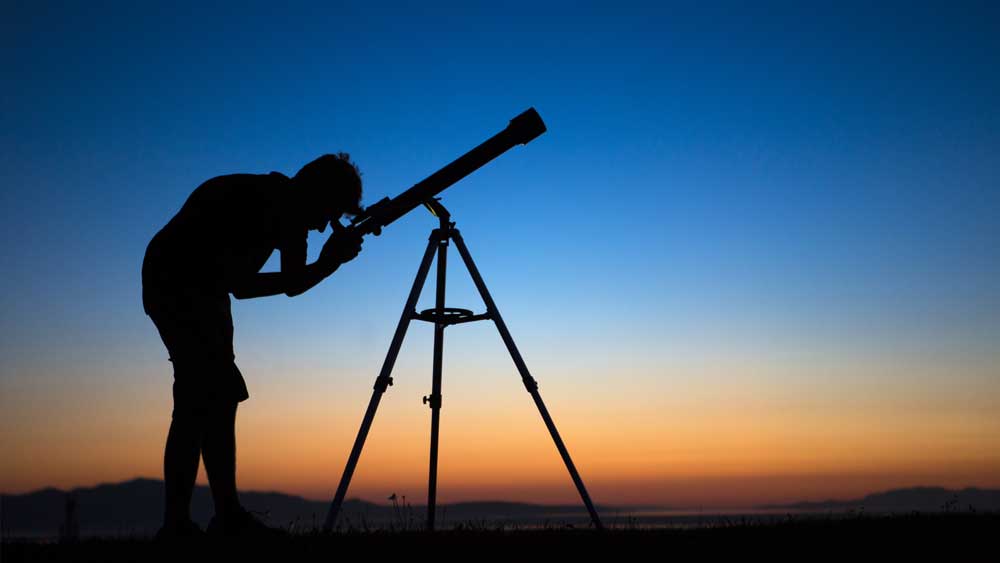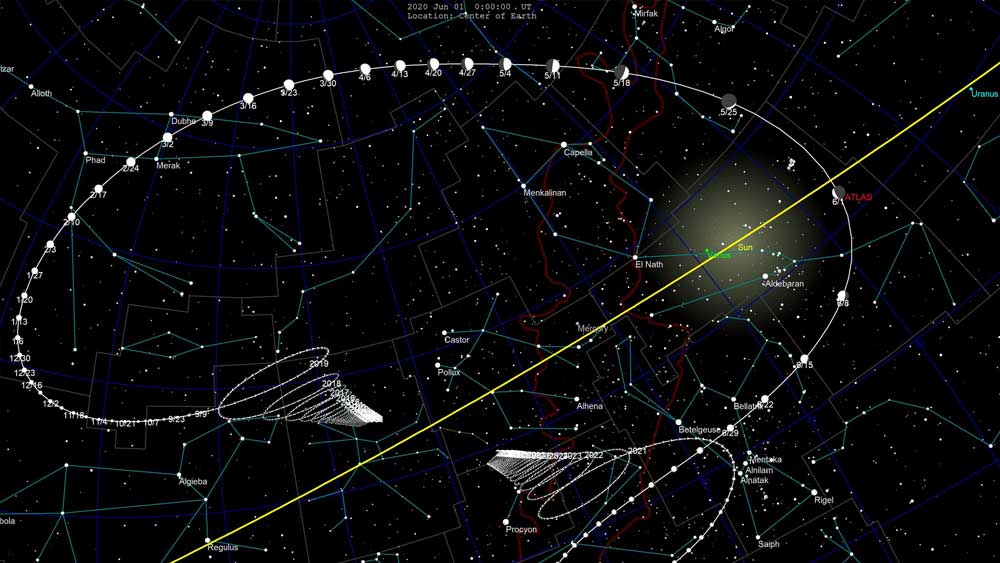
Supermoon Tonight
Tonight’s (April 7) full moon is special because it occurs when the moon is close to perigee, the point in its orbit where it is closest to Earth.1,2 This event is called a perigee-syzygy by astronomers, but it is informally known as a supermoon. Because the moon is a little closer than normal, it will be a little larger in the sky than normal.

Enjoying God’s Universe While Isolated, on a Budget
Around three thousand years, King David wrote,
The starry night sky is a good reminder of God’s greatness and power.

Comet ATLAS: Nighttime Diversion for Isolated Families
For northern-hemisphere families in isolation due to the coronavirus pandemic, a recently discovered comet may provide some needed diversion.1 This comet is dubbed ATLAS after the Hawaiian organization that discovered it: the Asteroid Terrestrial-Impact Last Alert system. The comet is barely bright enough to be seen with binoculars under dark sky conditions.2

Excess Lithium in Milky Way Halo Stars
A recent news article1 reported that certain types of stars2 in our Milky Way Galaxy have more lithium (Li) in their stellar atmosphere than the current models predict.

Stellar Superflare Reminder: Our Sun Is Special
Astronomers recently detected an enormous but short-lived increase in radiation from the nearby star Proxima Centauri.1,2 This radiation burst, known as a flare, caused the star to become a thousand times brighter for ten seconds. Our sun also has flares, but those flares are much smaller.








